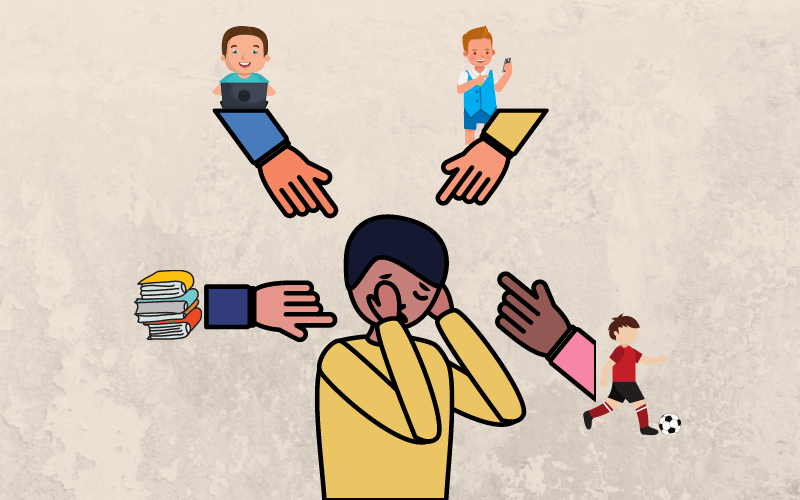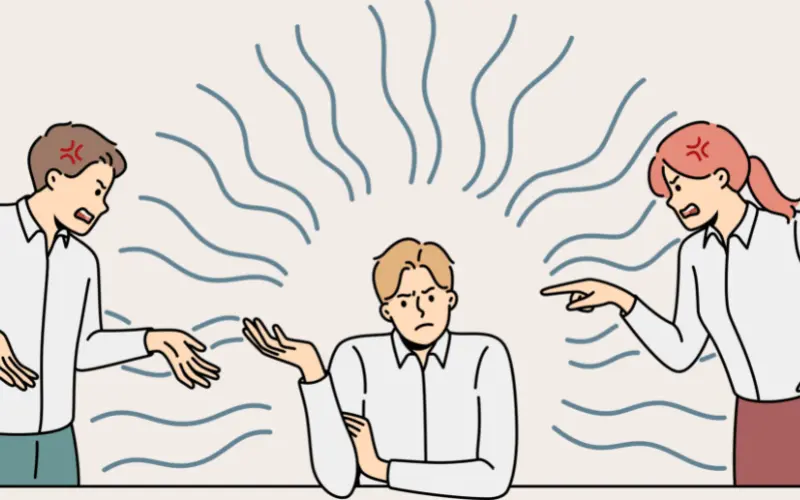The primary symptoms of Attention Deficit Hyperactivity Disorder include inattention, hyperactivity, and impulsivity (ADHD). Academic achievement frequently hinges on a child’s ability to focus on activities and meet teacher and classroom standards with minimum distractions.
If proper teaching approaches and treatments are not applied when a child shows behaviors linked with ADHD, the implications may include difficulty with academics and developing connections with classmates.
Identifying children with ADHD
Although for years it was believed to be a childhood disorder, which became apparent by the age of 3 and then disappeared with adolescence, the disability is not limited to children. It is now known that the symptoms of disorders may change as children age, but many children with ADHD do not outgrow it with age.
The behaviors associated with ADHD change when children turn years old. For example, a preschooler may exhibit gross motor hyperactivity: they are always running or climbing, and switching frequently from one activity to another. Older children can be fidgety and restless in their seats or play with their chairs and desks. They often do not finish their schoolwork or work carelessly. Young people with ADHD are more reclusive and less talkative than their peers. They are prone to being impulsive, reacting spontaneously regardless of prior plans or necessary tasks and duties.
ADHD is defined by behaviors, according to the fourth edition of the American Psychiatric Association’s (APA) Diagnostic Statistical Manual of Mental Disorders (DSM-IV) (1994). Individuals with ADHD engage in a variety of activities, including:
- Difficulty remaining sitting when necessary
- Fidgeting with hands or feet or wriggling in their seat (adolescents with ADHD may look restless)
- Difficulty maintaining attention and waiting for a turn in activities, games, or group settings
- Blurting out responses to inquiries before they are finished
- Difficulty following directions and arranging chores
- Failing to pay attentive attention to details and avoiding thoughtless mistakes
- Misplacing items required for activities
- Difficulty to pay attention to others without being distracted or interrupting
- Wide emotional swings
A comprehensive diagnosis of ADHD entails gathering behavioral, medical, and educational data. An analysis of the child’s history through interviews with parents, teachers, and health care providers is one component of the diagnosis. It’s also crucial to go through the child’s medical history as well as his or her educational records.
Read : ADHD and it’s impact on academic performance
Educational Evaluation
An educational examination determines how much a child’s ADHD symptoms affect his or her academic performance in school. Direct observations of the kid in the classroom, as well as a study of his or her academic production, are part of the evaluation.
- The following are examples of behaviors that may be observed in the classroom.
- Inattention issues, such as being easily distracted, making thoughtless mistakes, or not finishing projects on time.
- Fidgeting, getting out of an allocated seat, running about the classroom excessively, or striking out at a classmate.
- Hyperactivity problems, such as fidgeting, getting out of an assigned seat, running around the classroom excessively.
- Impulsivity issues, such as spouting responses to the teacher’s questions or interrupting the teacher or other students in the class.
- More difficult behaviors, such as extreme hostile or disruptive conduct.
Classroom observations are used to keep track of how frequently the child displays specific ADHD symptoms in the classroom. These and other target behaviors are compared to norms for other children of the same age and gender in the kid with ADHD. It’s also crucial to compare the ADHD child’s conduct to the behavior of other students in his or her class.
It’s preferable to gather this data over the course of two or three days, spread out among two or three distinct observations. Each observation lasts around 20 to 30 minutes on average.
To be eligible for special education and associated services under Part B of IDEA, a child must be examined to establish if he or she has a disability and, if so, whether he or she requires special education and related services as a result of the impairment.
The first assessment must be comprehensive and personalized, assessing the kid in all areas linked to the suspected impairment and utilizing a range of diagnostic instruments and techniques. It’s worth noting that the diagnostic tools and techniques used by educators to test other difficulties, such as learning difficulties, may not be adequate for assessing ADHD. To collect meaningful functional and developmental information about the child, a range of evaluation techniques and procedures must be employed.
A child’s productivity in completing classwork and other academic assignments is also assessed during an educational evaluation. It is critical to gather data on the proportion of work done as well as the correctness of the job. The productivity of a child with ADHD can be compared to that of other students in the classroom.
After the observations and testing are completed, the results will be reviewed by a group of experts and the child’s parents to decide if the child has a disability and whether he or she needs special education and related services. Using this data, create a personalized educational programme that addresses specific needs i.e, Individualized Education Plan.
Keep note of your symptoms and see your psychologist on a frequent basis. Medication and therapies help you plan you treatment strategy. Some people’s symptoms improve as they become older, and some are able to quit using medication.











